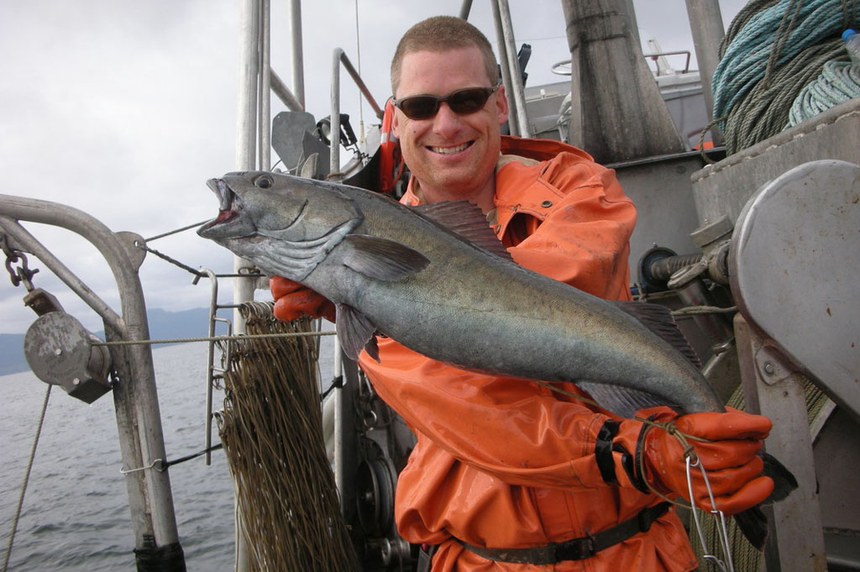Overview
Fisheries are composed of one or more parts, each of which is entitled to receive an MSC certificate. These parts or “units” are defined by their target stock(s), fishing gear type(s) and if relevant vessel type(s), and the fishing fleets or groups of vessels.
Attention
Some or all units that participated in this fishery are now covered by another assessment. Please see the US North Pacific halibut and sablefish for more information.
Catch by Species
| Species | Reported Catch Year | Metric Tonnes |
|---|---|---|
| Sablefish (Anoplopoma fimbria) | 2019 | 9,775.3 |
Information is provided by an independent Conformity Assessment Body as live weight (the weight of species at the time of catch, before processing) and where a fishing season covers multiple years, the end year is given as the reported catch year. Additional information is available in the latest report, see the assessments page.
About this Fishery
This North Pacific fishery – in the Bering Sea and the Gulf of Alaska – was certified in 2006.
Sablefish are commercially known as black cod, although they’re not part of the cod family. Although it has white flaky flesh, it’s oilier and has a rich, nutty flavour much prized by Japanese chefs in particular.
Sablefish are found along the continental slope, shelf gullies and in deep fjords, generally at depths greater than 200m. They grow rapidly in the first few years, reaching an average maximum length of 70cm and weight of 3.4kg.
The fish are caught on bottom hook and line (longlines), which fishermen are able to lay carefully on the seabed only in known sablefish habitat. Quotas are carefully allocated and enforced, with landings recorded electronically and logged directly with the government.
Sablefish stocks were carefully managed even before MSC certification, and population levels are running at between 96 and 105 per cent of the size required to maximise sustainable yield.
“MSC certification has opened up new commercial opportunities for us, including new value-added business… MSC is proving to be good for consumers, the supply chain and the fisheries.”
- Ron F Habijanac, President and CEO, Harbour Marine Products Inc
US North Pacific sablefish fisherman image © Peter Thompson
